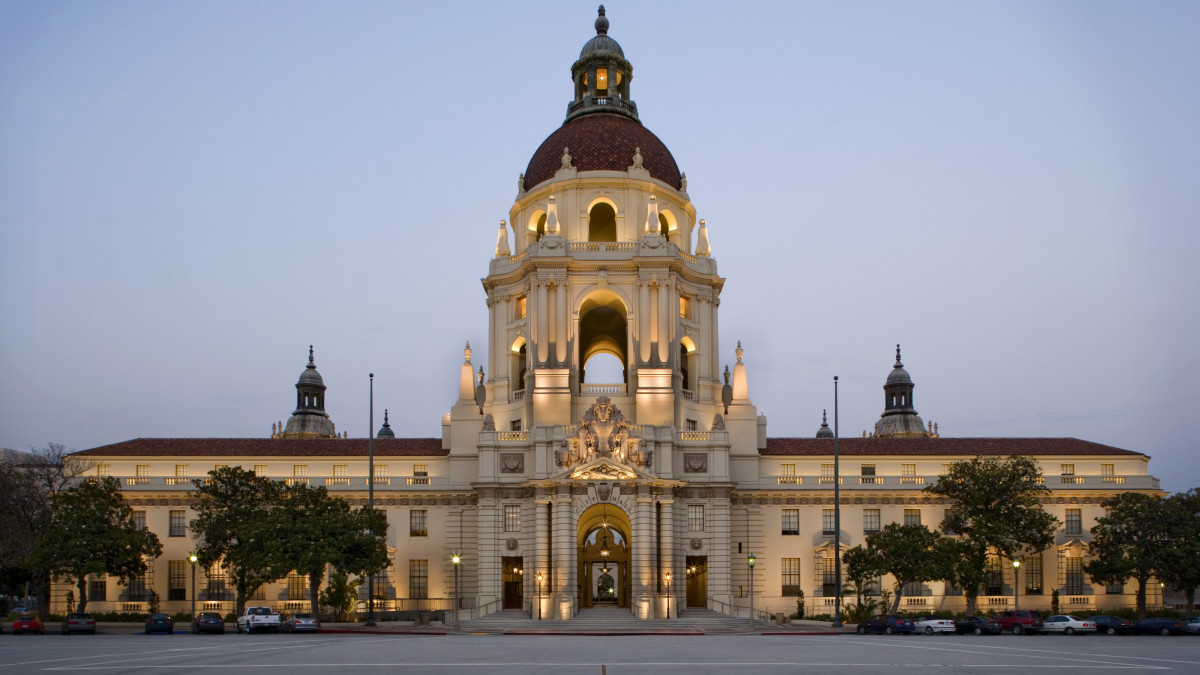In 2006, Pasadena’s City Council posed a simple question. What would it take to reduce motor vehicle trips on the streets of Pasadena by 25%? The Pasadena Traffic Reduction Strategies Study answers that question. It provides a unified set of strategies that would result in at least a 25% reduction in the number of vehicle trips taken on Pasadena streets during the evening rush hour.
Patrick Siegman directed the project, while a Principal at Nelson\Nygaard Consulting. To identify the best possible options for Pasadena, the team completed a wide-ranging review of traffic reduction techniques, examining not only those practiced in the United States, but also those adopted internationally. The team also prepared case studies of a dozen cities – large and small, in America and abroad – that have reduced traffic, while prospering economically.
Some scholars have gloomily described traffic congestion as “inevitable” or “the price of success”. This study arrives at a different conclusion. Traffic congestion is not inevitable. If the citizens of Pasadena wish, it can be reduced: traffic congestion is a choice, not Pasadena’s fate. Moreover, reducing excessive automobile traffic often results in substantial economic gains.
The final report provides a unified set of 12 strategies for reducing motor vehicle trips, while achieving Pasadena’s economic development and quality-of-life goals. Strategies range from cordon-based congestion pricing; to providing equal benefits to transit, bicycle, pedestrian and rideshare commuters; to a host of parking reforms, including replacing minimum parking mandates with maximums, establishing demand-based curb parking pricing, and unbundling parking costs from the cost of other goods and services. The strategies will allow Pasadena to duplicate the success of cities like London, which reduced downtown congestion by 26% in less than a year.
The study’s recommendations were enthusiastically received by Pasadena’s City Council and implementation is underway.
Images: Pasadena City Hall by David Wakely, CC BY-SA 2.5; Old Town Pasadena by Adbar, CC BY-SA 3.0; Memorial Park light rail station by DaveofCali, CC BY-SA 3.0; Pasadena Civic Auditorium by Bruce Boehner, CC BY-SA 3.0; Vista del Arroyo Hotel by Levi Clancy, CC BY-SA 4.0; all via Wikimedia Commons





